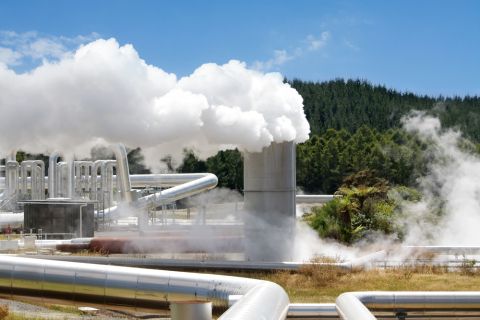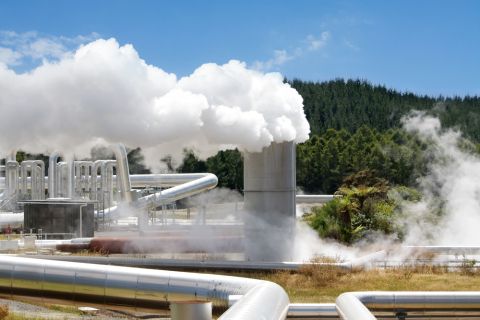Presented by:

This article appears in the E&P newsletter. Subscribe to the E&P newsletter here.
Innovation is a key driving factor in what will helps oil and gas companies advance into a new age of digitalization and optimization. As digitalization has become more and more of a priority with the energy sector, businesses that fail to keep up with the times risk becoming obsolete. To remain competitive, companies will need to engage all aspects of their business in innovating their systems to function as a cohesive unit.

Petrobras
(Source: OTC)
During the recent "OTC Live: Scaling Technology" webinar, Juliano Dantas, executive director of digital transformation and innovation with Petrobras, introduced the “innovation machine” and explained how it helped the company achieve its innovation mission to “propel Petrobras into the future with collaboration, innovation, technology and agility.”
Innovation machine
Dantas divided the innovation machine into two sections:
1) Rotor: the inner core of the machine that “enables access to knowledge and resources; and
2) Housing: the outer layers of the machine that ensure physical security and cybersecurity as well as “structures and sustains business and innovation processes.”
Within the rotor lie innovation teams that include 750-plus R&D and innovation teams comprising researchers and business professionals; more than 180 digital product development teams and 14 business teams; centers of excellence, which provide resources of knowledge in artificial intelligence (AI) and analytics users; and connections for innovation, which include 900 partnerships and 47 startups focused on connecting to the ecosystem.
The housing layers comprises innovation sustenance, referring to the company’s 116 laboratories that contain the two largest supercomputers in Latin America; tech infra renewal/structuration, which are “continually adding new computing capacity”; and protection, referring to Petrobras’ cybersecurity and safety, secure cloud deployment and optimized responses to incidents.
The combination of the two sections creates a system capable of saving man-hours (e.g., 720,000 hours were saved in 2021) and spurring innovation across all departments.
Offshore applications
With its powerful innovation tools and teams, it’s now time to put the resources to good use. As more and more oil and gas companies begin developing and implementing renewable and environmentally friendly methods into their businesses, Petrobras is taking a look at how it can apply its innovation machine toward sustainable energy, including relying on FPSO units.
“We have a lot of power demand for our subsea infrastructure and will require a lot of power to be run, and that power will firstly come from the FPSO itself,” Dantas said. “We have this plan to create an FPSO grid, and Petrobras is evolving on gaining more efficiency in its FPSOs. There is this concept of all-electric FPSOs that the regulation in Brazil is now allowing us to do that improves energy consumption as well.”
In addition to implementing FPSOs, the company is also looking at renewable sources of energy such as wind, geothermal and nuclear. Dantas said AI technology has been helpful in this regard.
“We do use machine learning for predicting the failures and also helping us to understand the life of the assets for the future based on what kind of variables and fluxes and the efforts that are being solicited,” Dantas said. “Applications for AI and machine learnings are abundant; the challenge is how can we prioritize if the capacity is limited.”
Recommended Reading
Primergy Solar Secures $588MM for Texas Solar Project
2024-03-11 - Primergy will develop the Ash Creek Solar project in Hill County and signed a power purchase agreement with Microsoft.
Texas Energy Storage Project Lands Exclusive Tax Equity Provider
2024-02-12 - Located near Houston, the 176-megawatt Longbow battery energy storage project is owned by Tokyo Gas America and is being developed by Clean Capital Partners.
EnCap Launches Bildmore to Invest in Hard-to-finance Clean Energy
2024-03-11 - In an effort to support hard-to-finance clean energy projects, EnCap Energy Transition Fund is launching Bildmore, a platform expected to invest in up to 15 third-party battery storage, solar and other energy transition projects per year.
Devon Energy Leads $244MM Funding Round for Fervo Energy
2024-02-29 - The funds will finance Fervo Energy’s next phase of growth as it puts to use oil and gas technology and techniques to scale geothermal energy.
Quaise Energy Raises $21MM Toward Deep Geothermal Operations
2024-03-12 - Quaise Energy will utilize a technique to vaporize rock using high-power microwaves to achieve deep geothermal energy globally.





